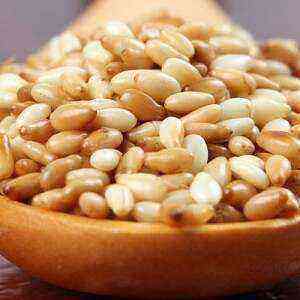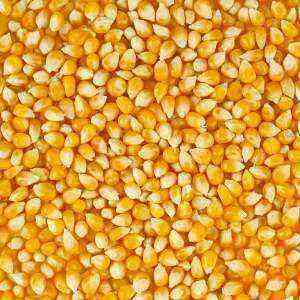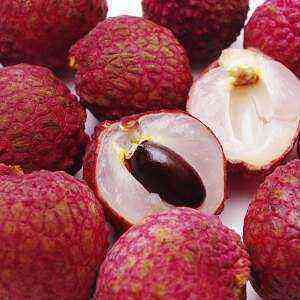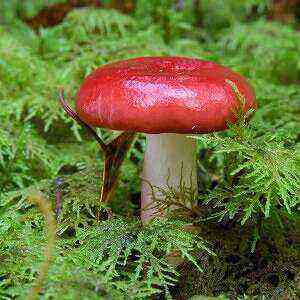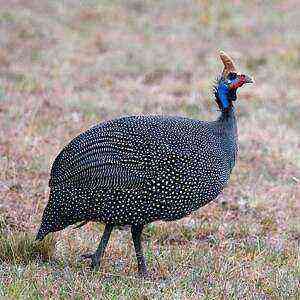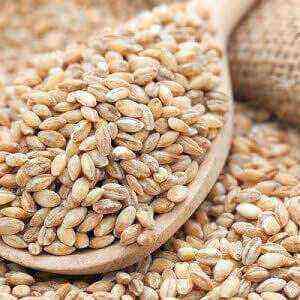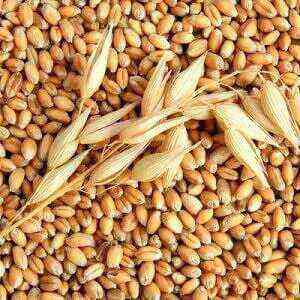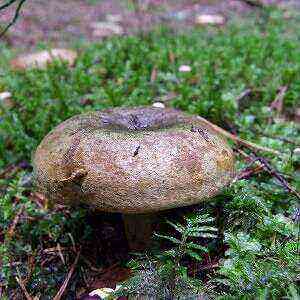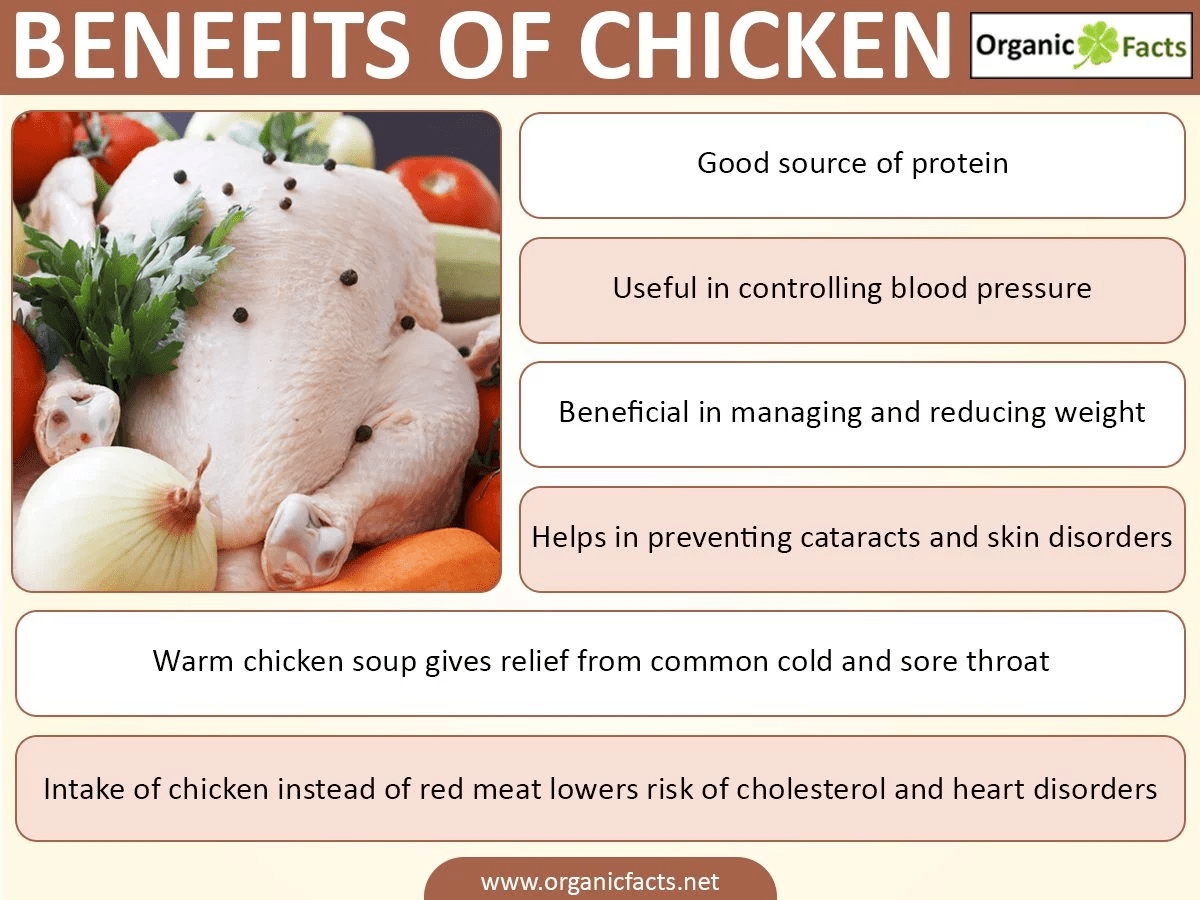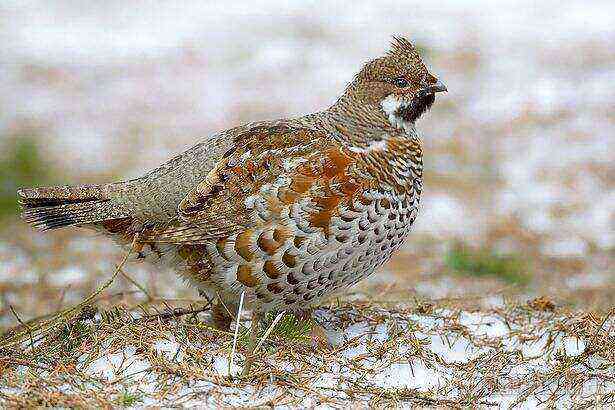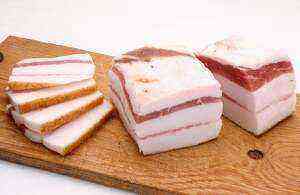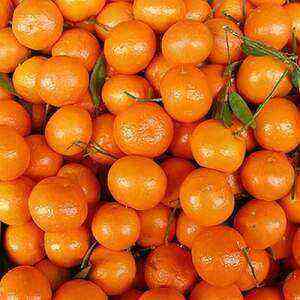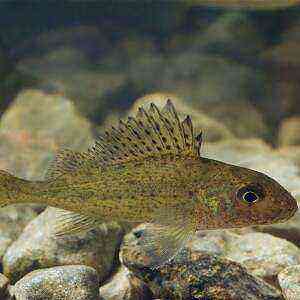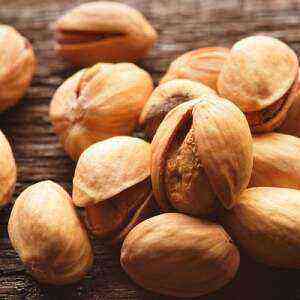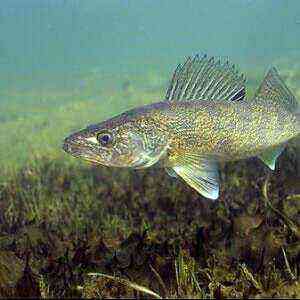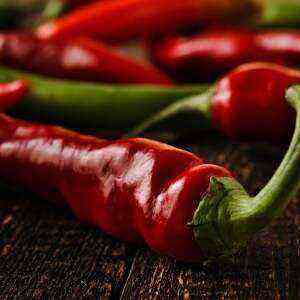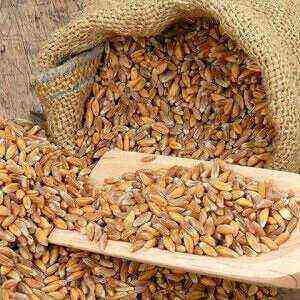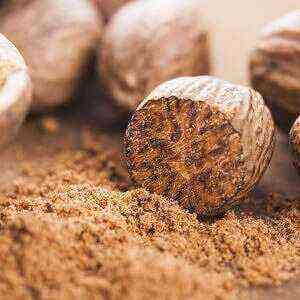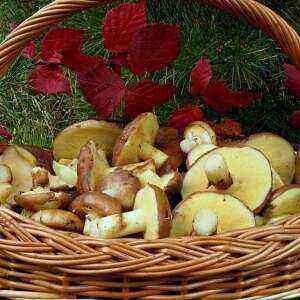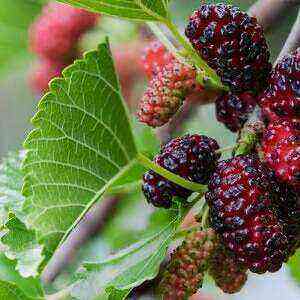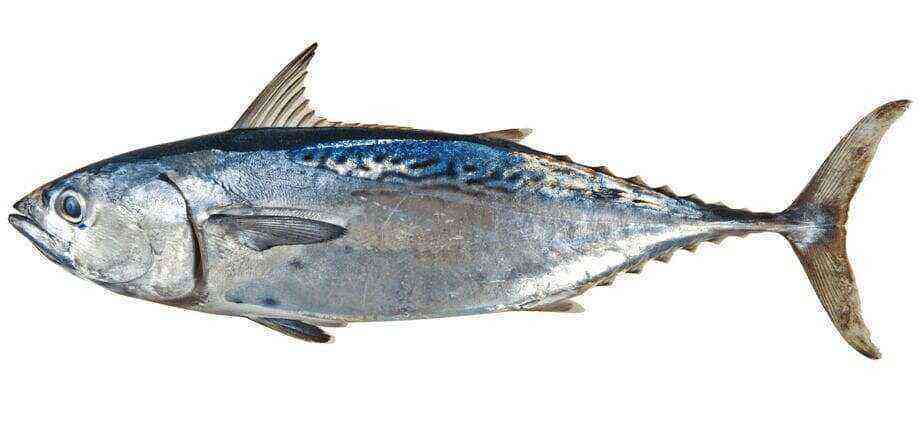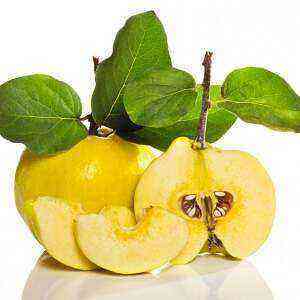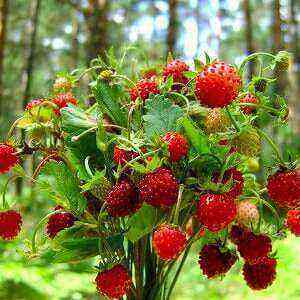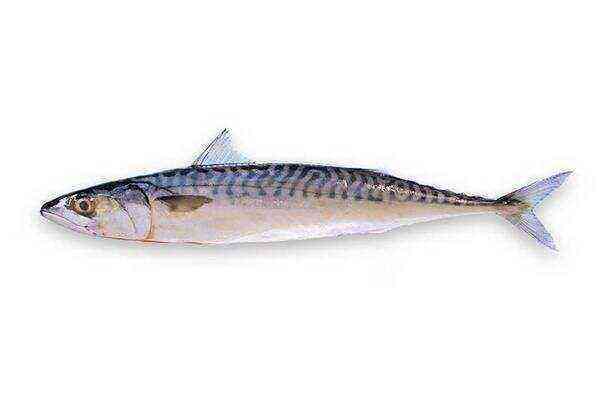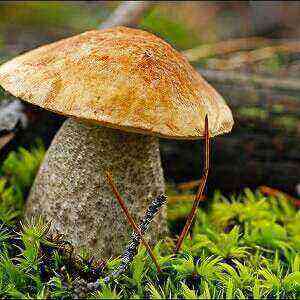
General characteristics
Boletus is an edible mushroom from the bolet family. In our latitudes, it is considered one of the most common. In different localities, people give this mushroom different folk names. And if ever you have to hear about gray or black mushrooms, blackheads, spikelets, hayfields, grandmothers or birch trees, you can be sure that we are talking about the same mushrooms – boletus mushrooms.
Experienced mushroom pickers can recognize the boletus by its convex, hard cap (in adult mushrooms, it is about 15 cm in diameter), which ranges from almost black or brown to olive or gray. But still, the distinguishing feature of these mushrooms is the leg: oblong with dark scales (as if it resembles the trunk of a tree, under which it most often grows). An adult mushroom can reach a height of 15 cm.
Biologists say that today they know about the existence of 12 species of boletus boletus. Most often, representatives of this mushroom family can be found in mixed or deciduous forests, where birches predominate. The boletus habitat is Eurasia, North and South America, as well as forest-tundra and tundra. The favorite places of these mushrooms are well-lit meadows, forest edges, paths and roadsides.
The fact that it is time to get ready for a “quiet hunt” for boletus mushroom pickers is warned … by bird cherry. It is after the flowering of this tree that you can go to the forest for the first mushrooms and continue to collect boletus until October.
Varieties of mushrooms

Closer to autumn, you can count on the harvest of a pink birch tree (starting in August). This mushroom usually lives in pine-birch forests, loves peat and the area along the swamps. Unlike ordinary boletus, this species does not grow directly under the tree, but in places where young plant roots grow. You can recognize it by the pulp that turns pink at the cut.
Swamp birches are mushrooms of late autumn. As the name implies, they live near swamps and in other humid places. Meanwhile, mushroom pickers do not indulge this mushroom with their attention. Firstly, it is very difficult to get to it, and secondly, the taste of marsh boletus is not the best – the habitat affects. It is easy to recognize this mushroom by its dirty gray cap and thin stem; it rarely reaches more than 5 cm in height.
The black boletus is very similar to the pink one, its cap is darker – almost black. Tundra is the smallest representative of the “birch” family. Its cap usually does not grow more than 5 cm in diameter, and the color can range from off-white to darker shades. The leg, like other representatives of the “genus”, is covered with dark scales.
The nutritional value
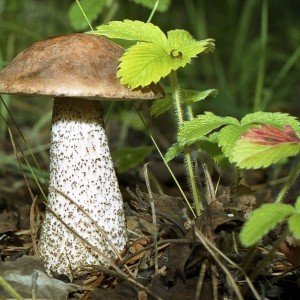
In addition, these mushrooms contain a large amount of phosphoric acid – a substance necessary for the proper formation of the musculoskeletal system and the production of enzymes. The unique composition of this product makes it essential for the maintenance of healthy cells in the nervous system and skin. Boletus mushrooms prevent kidney disease, inflammation and dryness of the mucous membranes, regulate the concentration of glucose in the bloodstream. The nutritional complex of these mushrooms consists of vitamins B, C, D, E, which allows them to be classified as foods with antioxidant properties. And being an excellent source of fiber, mushrooms have a beneficial effect on the functioning of the digestive system, in particular the intestines.
So, boletus will provide the body with:
But this product contains practically no calories. There are from 100 to 20 kcal in 31 g of mushrooms.
Possible hazards

It is also important to understand that mushrooms growing in polluted areas or along roads are dangerous (even if they are edible). They, like a sponge, are able to absorb toxic substances from the air, water, soil. Therefore, if possible, it is extremely important to pay attention to the area where the mushrooms grew.
Another danger is caused not by the boletus themselves, but by the inexperience of mushroom pickers. This edible mushroom is easily confused with poisonous bile. Outwardly, the double is very similar to blackheads growing in the shade of birches, but the taste is very bitter and pungent. The cap of this mushroom resembles a boletus or porcini mushroom, but the leg is different. In the bile fungus, it is always covered with a mesh pattern.
Beneficial features:
- Boletus, as a rich source of fiber, is an important component for improving digestion and removing toxins from the body.
- The high protein content makes mushrooms an indispensable product for children and bodybuilders (proteins contribute to rapid muscle growth).
- The special composition of these mushrooms allows them to be classified as an antioxidant. So, it can be argued that this product will protect against premature aging and the harmful effects of free radicals (and they, as scientists believe, are the main cause of the formation of cancerous tumors).
- Bone health also directly depends on the amount of boletus in the diet. As a source of phosphorus and calcium, mushrooms have beneficial effects on bones, teeth and overall locomotor health.
- Due to the content of B vitamins, mushrooms have the best effect on the functioning of the nervous system.
- This product has been proven to affect blood sugar fluctuations in diabetics. Under the influence of the fungus, the glucose level is stabilized.
Boletus in cooking
These mushrooms are considered one of the most delicious (after white, with which they are closely related), but during heat treatment they lose their white color and the flesh turns dark. Meanwhile, experienced chefs share a secret: in order to preserve the light tone of boletus boletus, it is enough to soak them in an acidic solution (with citric acid) before cooking. After that, the mushrooms can be boiled, fried, stewed and not afraid that they will turn black.
Boletus mushrooms are suitable as filling for pies. They are extremely tasty when salted or pickled. And the dried ones can be used to make excellent mushroom sauces.
But when choosing boletus for cooking, it is important to know that fresh, these mushrooms with loose pulp quickly become wormy. Therefore, do not leave them in the basket for a long time.
Pickled brown pancakes
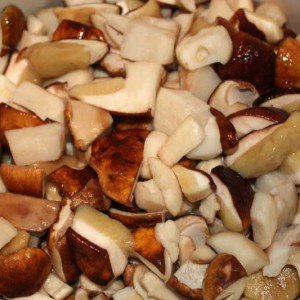
- mushrooms – 2,5 kg;
- vinegar 9 percent – one and a half cups;
- sugar – 5 tsp;
- salt – 2 tsp;
- allspice – 5 pcs.;
- black peppercorns – 13 pcs .;
- bay leaf – 3-5 pcs .;
- water – 3 glass;
- onions – 1 pcs.
How to cook
Boil the peeled and washed mushrooms in water without salt and spices. Change water twice during cooking. After boiling, cook for another 15 minutes, throwing the onions into the pan (this will help check the edibility of the mushrooms: if the onions remain transparent, then all the mushrooms in the pan are edible). Strain the mushrooms and refill with water, to which add salt. After boiling, cook for another 20 minutes. For the marinade, you will need water and vinegar, add onion, salt, sugar, pepper, bay leaf, chopped into rings to the mixture and bring everything to a boil. Arrange the mushrooms in jars and cover with hot marinade. Close tightly and leave for a day. That’s it – the dish is ready to eat or can wait for winter in jars.
Stewed mushrooms
Boletus mushrooms belong to those mushrooms that are especially tasty when stewed or fried.
Another secret: the most delicious birch trees are made with sour cream. By the way, the famous French julienne in the classic version is made from boletus boletus.
For this dish, you will need mushrooms pre-boiled in salted water. When cool, fry in a skillet and add onions and carrots. When all the ingredients are ready, pour in a little sour cream, mix thoroughly and simmer for another 25 minutes under the lid. The finished dish goes well with almost any side dish.
How to grow yourself

To begin with, it is important to choose the right place where the “home” boletus will grow. Better that it was open ground under the trees. Ideally, of course, these should be birches, but if they are not there, you can get by with traditional orchards. After that, you can go to the main thing:
- Make a recess on 4 square meters with a depth of about 30 cm.
- Cover the bottom with birch sawdust, birch bark or leaves. This layer should not be thinner than 10 cm.
- Lay out a layer of humus taken from the forest mycelium on top.
- The next layer is the mycelium in the grains, which is covered with sawdust or leaves (but the composition should be the same as that already used in the first layer).
- Cover the planting site with a 5 cm layer of earth and water with warm rainwater.
The first harvest of home boletus can be counted on in 3 months. Then, until October, every 2 weeks to collect mushrooms, so to speak, of our own production.
There is another way to plant mushrooms – without grain mycelium. To do this, take the caps of old mushrooms. They are poured into a wooden bowl with rainwater, left for a day. After that, strain the mushrooms and pour the resulting water over the “bed”, prepared according to the above described scheme. This “sowing” method will give the first harvests only next summer.
The main requirement for both methods of growing mushrooms is a wet bed. If the mycelium dries up, the mushrooms will die. Each time, harvesting, it is important to thoroughly wate the “bed” with warm rain or well water.
Once upon a time, our ancestors used mushrooms instead of meat for the period of fasting. This is what vegetarians do today. And as nutritionists agree, they are doing the right thing, because mushrooms are delicious foods that provide many useful substances throughout the year.

